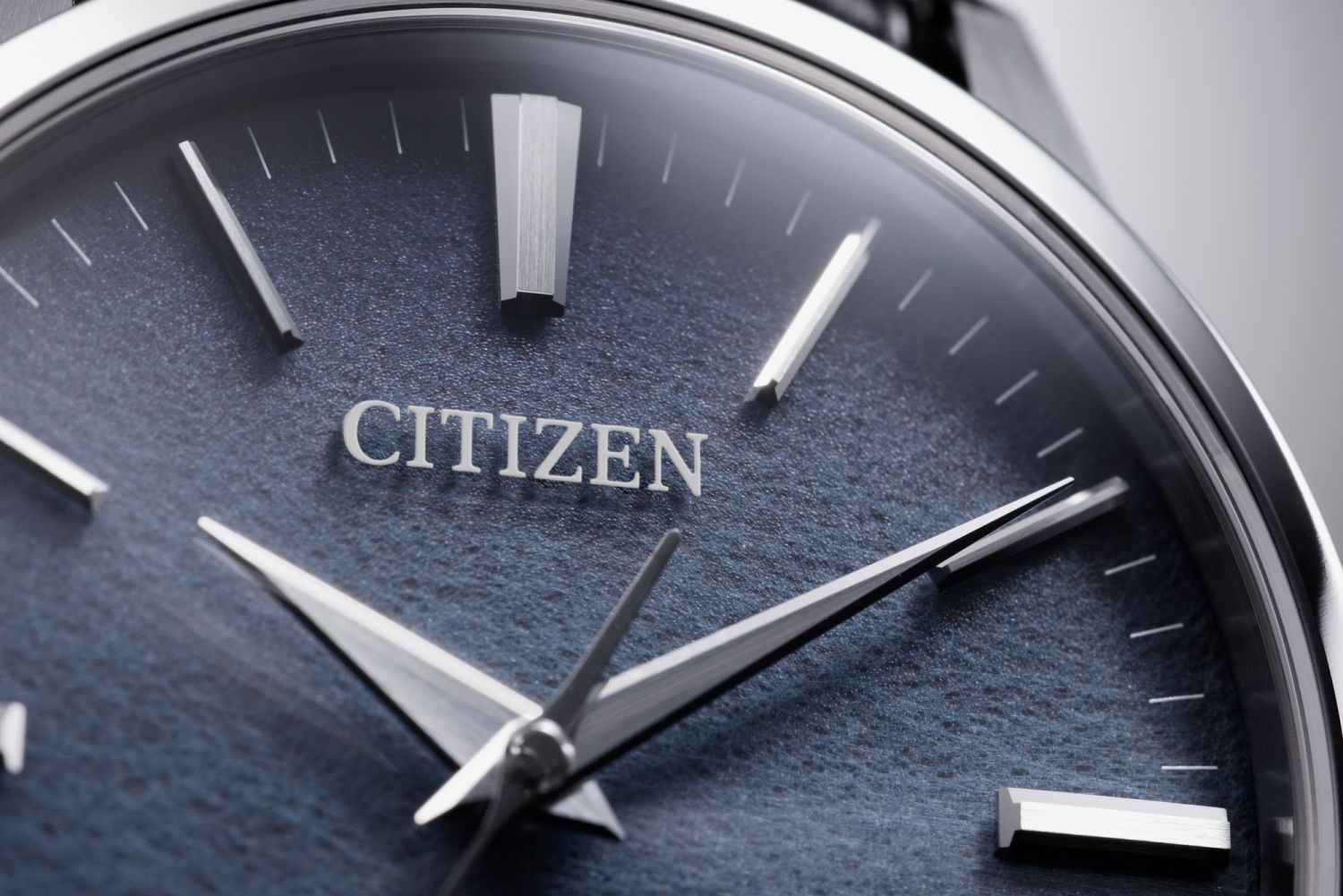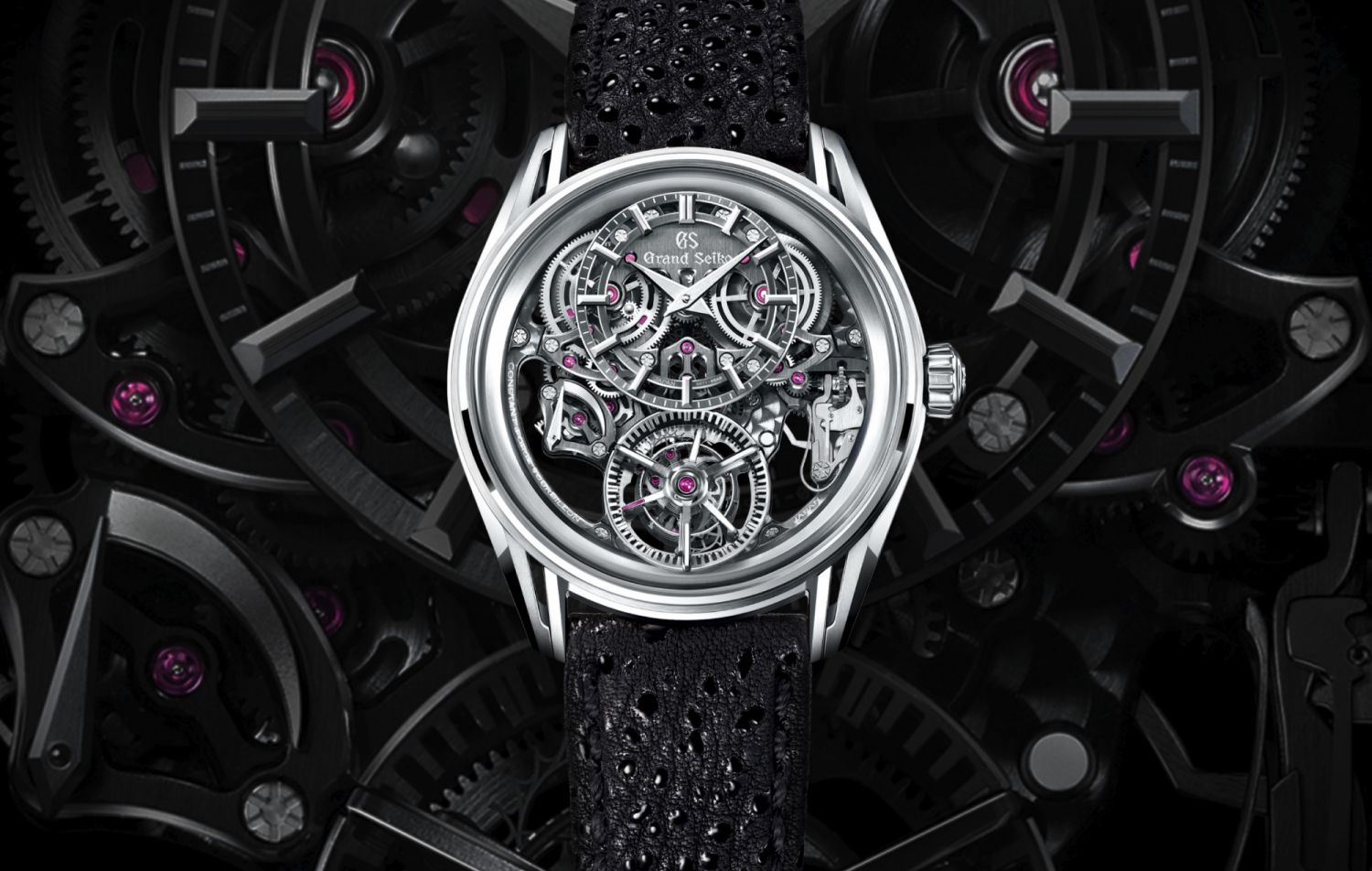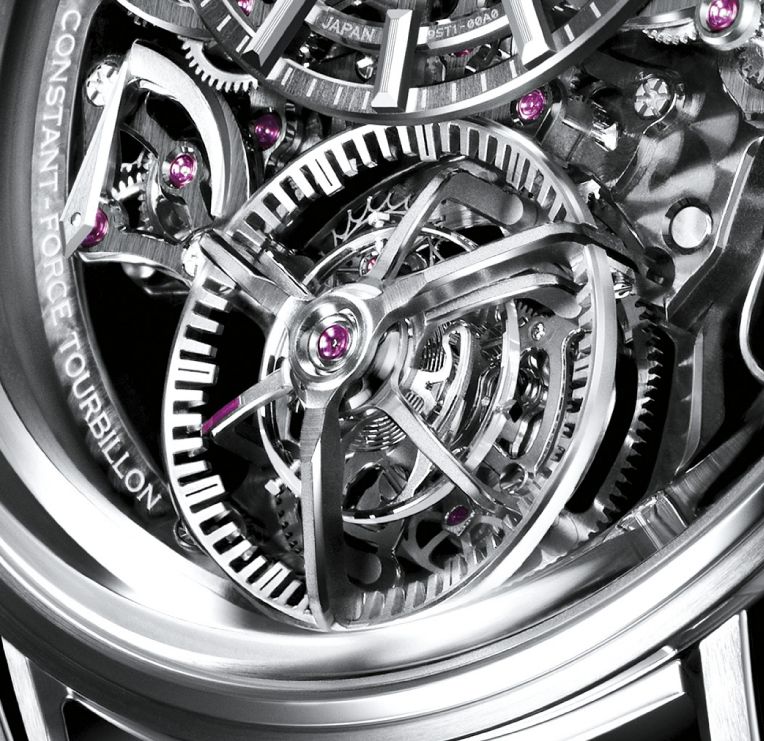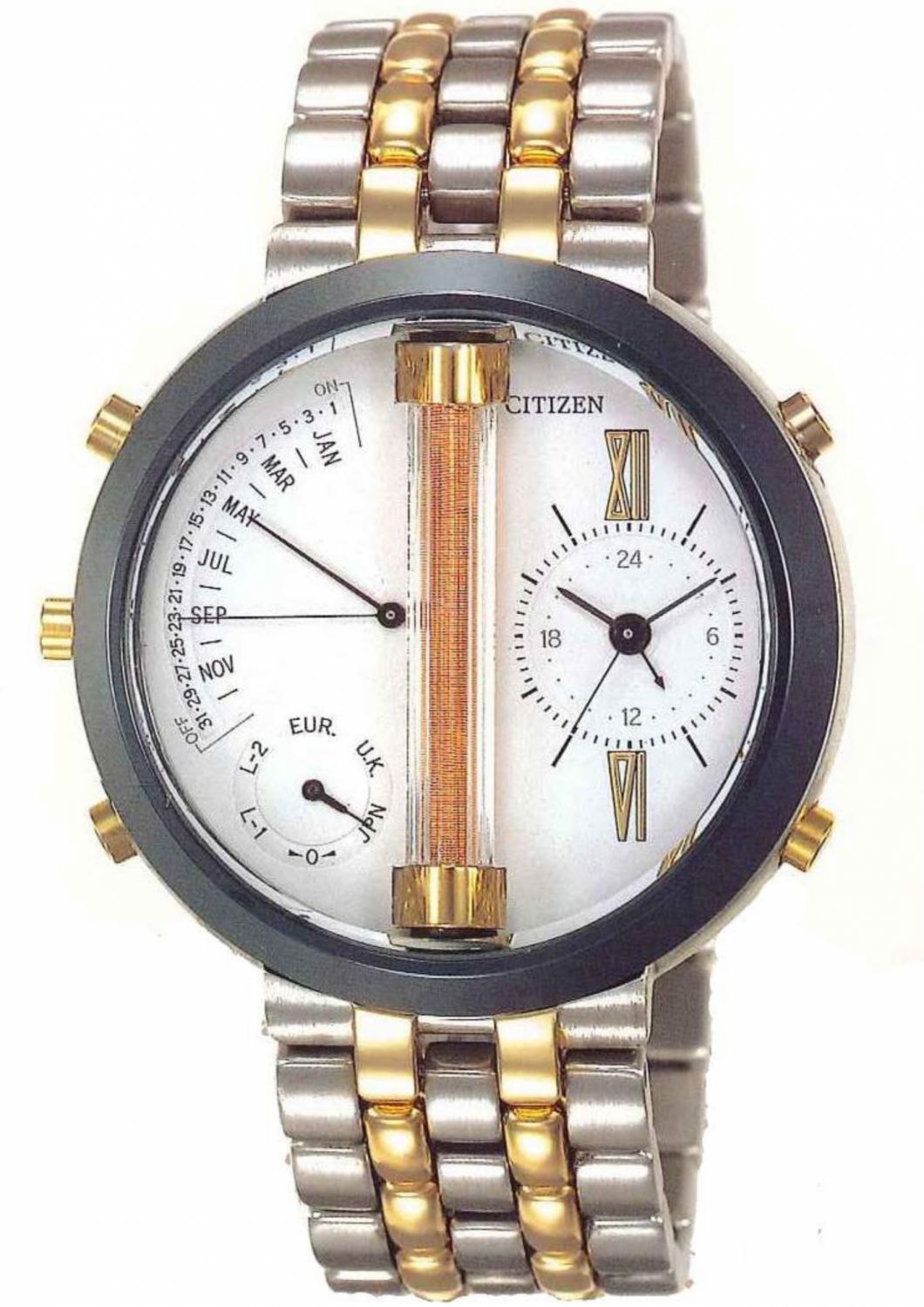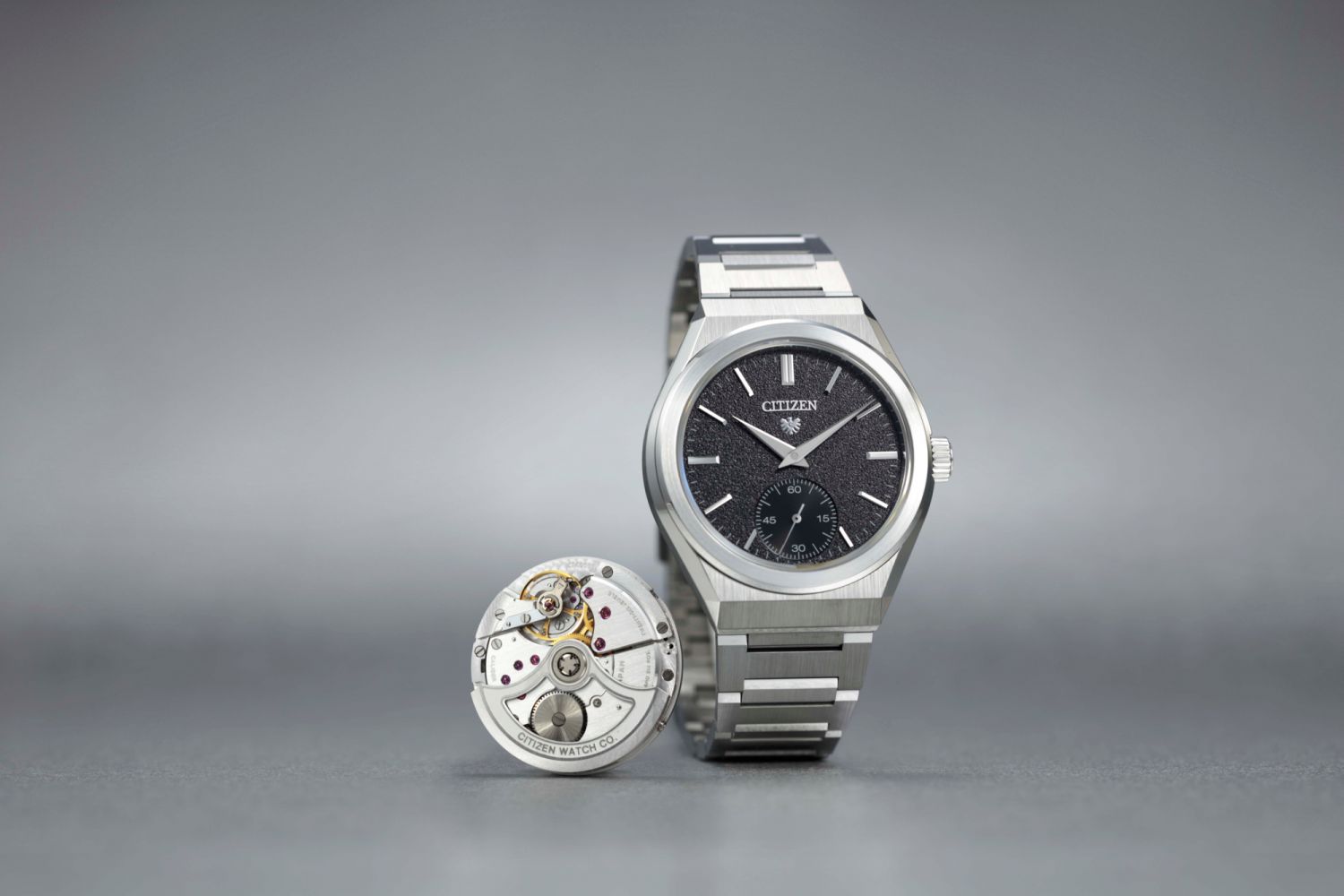From Seiko to Citizen, Asia’s watchmakers are claiming their own space in a post-pandemic world
In the first quarter of 2022, the watch world was hotter than ever, as demand for pricey Rolex, Omega and Vacheron Constantin timepieces boomed, but in Asia the high-end market cooled after governments clamped down on travel in response to the pandemic. According to the Federation of the Swiss Watch Industry (FHS), Swiss watch exports reached an eye-popping US$2.3 billion in July, climbing to the highest point in nearly a decade. Sell-Out Index, which measures global watch and jewellery sales, additionally revealed exports Stateside skyrocketed 13.5 per cent in comparison to the same time last year, with the US replacing China as the world’s biggest market for Swiss timepieces.
In case you missed it: Should Watch Collectors Be Worried About the Resale Price Drop For Luxury Brands Such as Rolex?
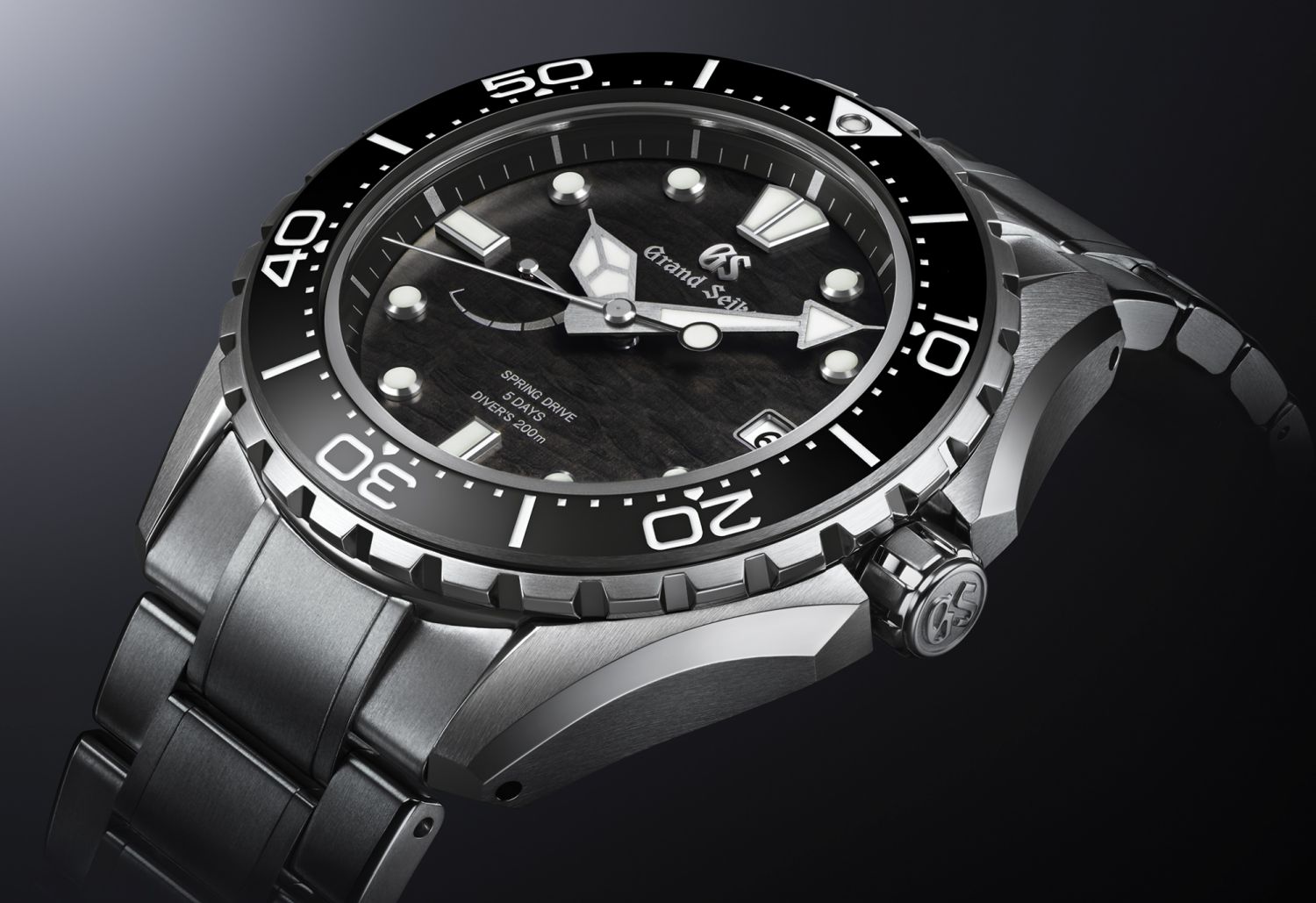
Nonetheless, demand in Asia is recovering, with Hong Kong, Singapore and Japan holding steady among the top five major markets. Collectors who have long enjoyed a Swiss-made diet of Song Dynasty water clocks and Chinese zodiac dials continue to chomp at the bit for releases inspired by eastern aesthetics. Big-name brands such as Breguet, Jaquet Droz and Jaeger-LeCoultre have been more than willing to oblige and, with FHS reporting that Asian buyers still provide the largest share of the business, they’re smart to. But it’s these same buyers, many of whom have been unable to travel internationally, who have also been redirecting their spending domestically—and Asia’s watchmakers are perfectly positioned to take advantage of this change in tide.



